Neuroscience

Neurotransmitter receptors function via various G-protein coupled and G-protein independent mechanisms that activate downstream intracellular signaling pathways such as cAMP/PKA, PI3K/AKT, phospholipase A2, and phospholipase C pathways. For instance, dopamine receptors act through adenylate cyclase to activate PKA and other signaling molecules, thereby mediate gene expression through the actions of CREB and other transcription factors. Other neurotransmitters such as NMDAR or AMPAR are associated with ion channels that control flux of Ca2+ and Na+, thus propagating the action potential across the post-synaptic neuron.
Dysfunctions in GABAergic/glutamatergic/serotonergic/dopaminergic pathways result in a broad range of neurological disorders such as chronic pain, neurodegenerative diseases, and insomnia, as well as mental disorders including schizophrenia, bipolar disorder, depression, and addiction.
-
 B7487 VU 0255035Summary: muscarinic M1 antagonist
B7487 VU 0255035Summary: muscarinic M1 antagonist -
 B5639 A 412997 dihydrochlorideSummary: Selective D4 agonist
B5639 A 412997 dihydrochlorideSummary: Selective D4 agonist -
 A5355 VenlafaxineSummary: Dual serotonin/noradrenalin re-uptake inhibitor
A5355 VenlafaxineSummary: Dual serotonin/noradrenalin re-uptake inhibitor -
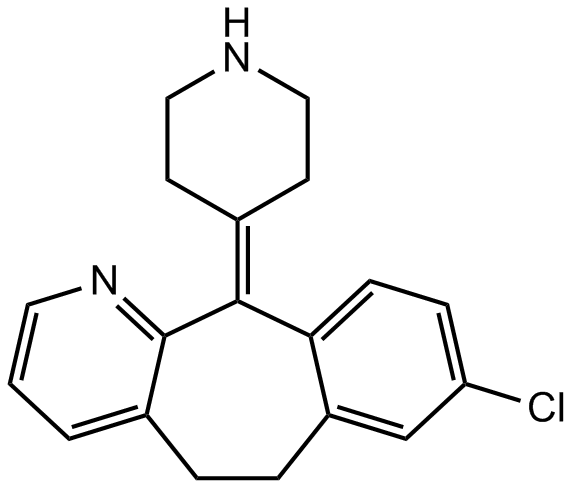 B1571 DesloratadineSummary: High affinity histamine H1 receptor antagonist
B1571 DesloratadineSummary: High affinity histamine H1 receptor antagonist -
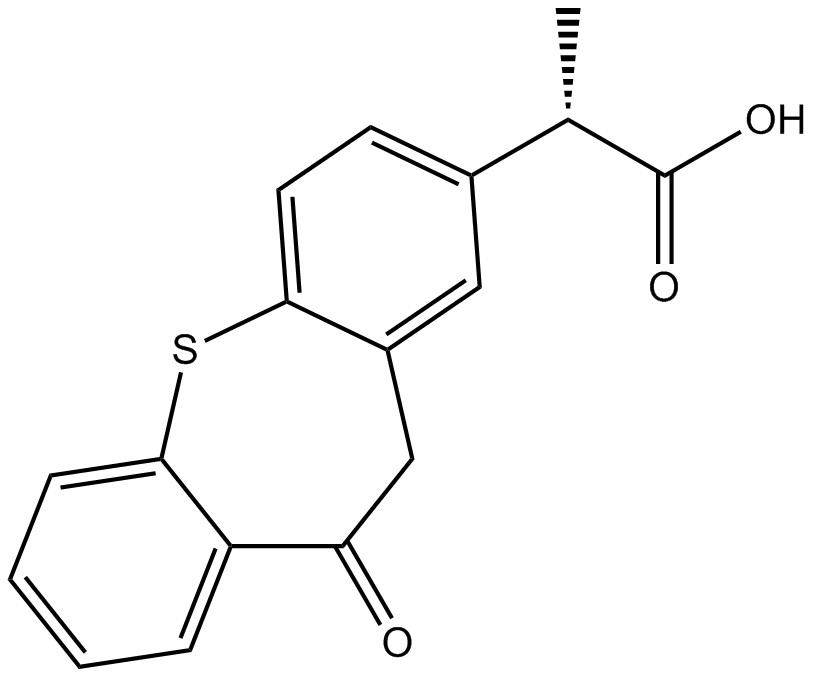 B1460 ZaltoprofenSummary: Cyclooxygenase (COX) inhibitor
B1460 ZaltoprofenSummary: Cyclooxygenase (COX) inhibitor -
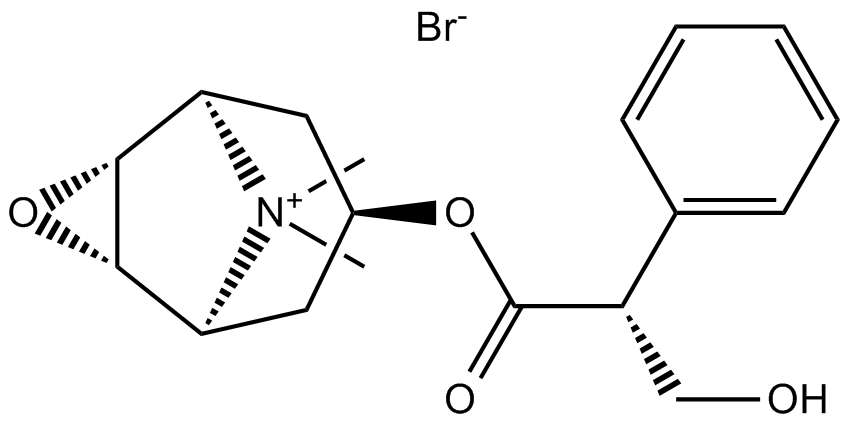 B1611 MethscopolamineSummary: Muscarinic acetylcholine receptor blocker
B1611 MethscopolamineSummary: Muscarinic acetylcholine receptor blocker -
 B4827 JNJ-31020028Summary: selective brain penetrant antagonist of neuropeptide Y2 receptor
B4827 JNJ-31020028Summary: selective brain penetrant antagonist of neuropeptide Y2 receptor -
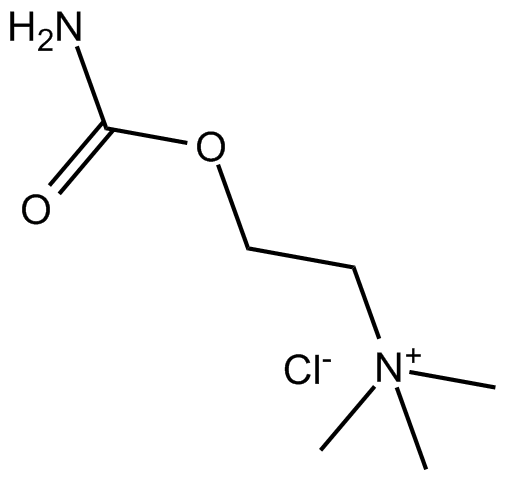 B7196 Carbamoylcholine chloride1 CitationSummary: Cholinergic receptor agonist
B7196 Carbamoylcholine chloride1 CitationSummary: Cholinergic receptor agonist -
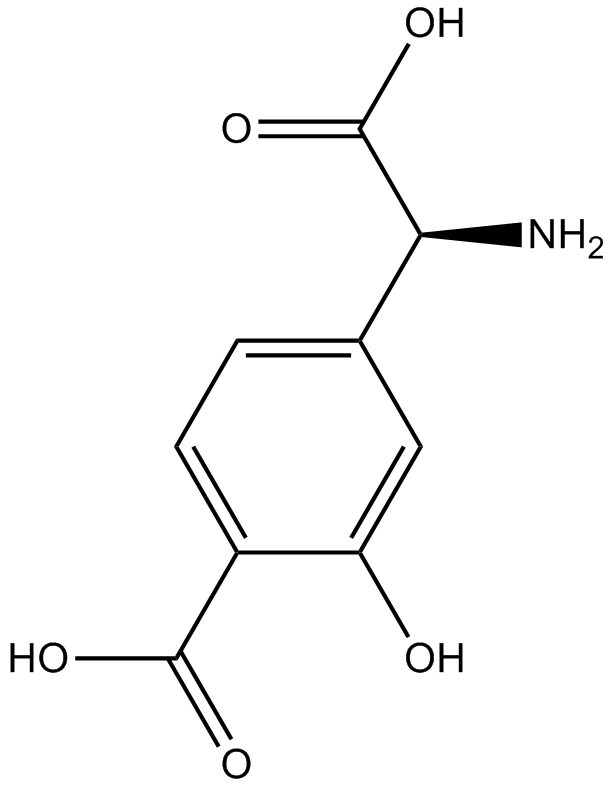 B6255 (S)-4-Carboxy-3-hydroxyphenylglycineSummary: group I mGlu1a/1a receptor antagonist and mGluR2 agonist
B6255 (S)-4-Carboxy-3-hydroxyphenylglycineSummary: group I mGlu1a/1a receptor antagonist and mGluR2 agonist -
 B7448 VU 0238429Summary: positive allosteric modulator of M5 receptors
B7448 VU 0238429Summary: positive allosteric modulator of M5 receptors

